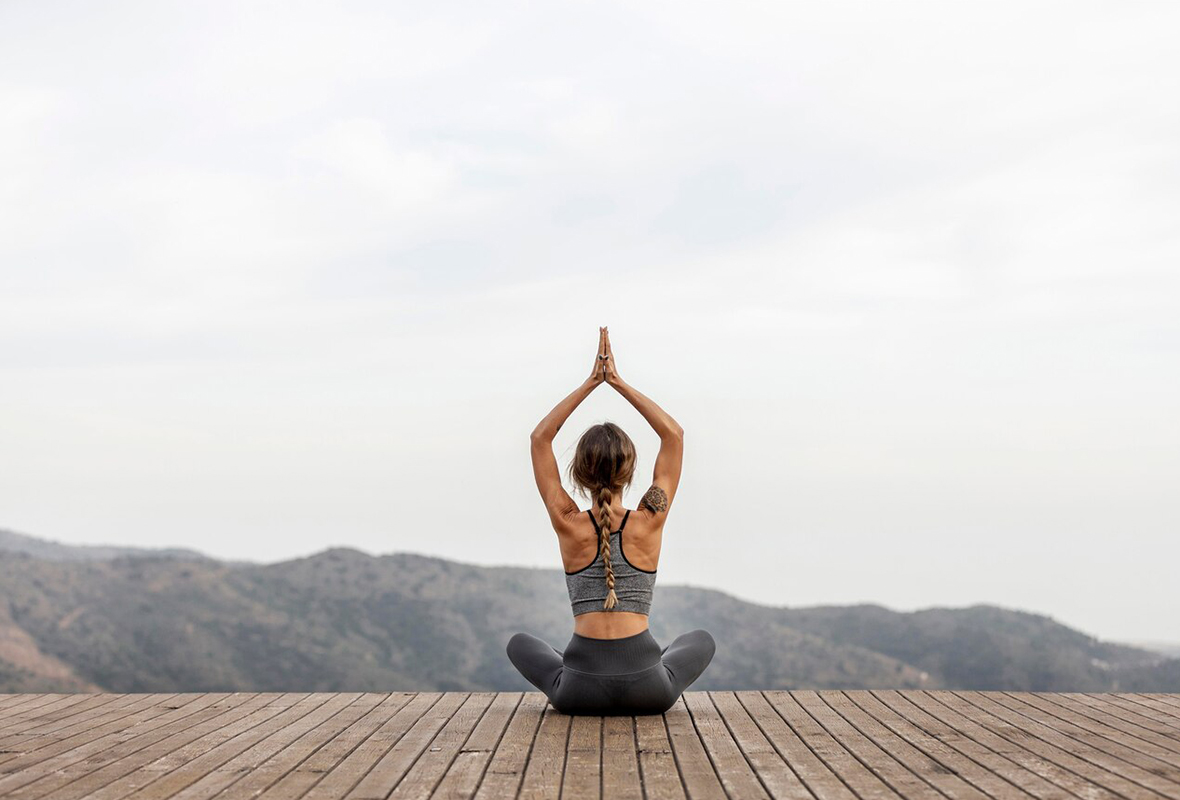- Mon - Sat 8:00 - 18:00
- admin@primalbreathwork.com
- +31-620 644 845

The ancient practice of yoga includes body, mind and spirit, encompassing everything that we need in order to live a peaceful and content life. Regular practice of yoga elevates a person to a higher level of optimal health, positivity and goodness.
If you are a regular practitioner, you will have experienced the benefits of yoga and the impact it has had on your own life. You may have witnessed this as a transformation in your body, a new way of thinking, improved behavior in relationships or better health conditions.
While an advanced yoga training is powerful, these practices also have the potential for harm. Occasionally an injury will cause pain and discomfort. This almost always occurs due to negligence on our part.
Injuries will require that you modify your practice or can keep you from practicing for weeks or even months on end. So, let’s see how to avoid injuries in the first place.
It is essential that one’s yoga practice be safe in order to benefit the most from it. Yoga bestows numerous positive benefits, and to acquire them all we need to avoid yoga injuries.
Feeling the moves and being present in the moment is the key to yoga practice. This is essential to not only gain the maximum benefit out of the practice, but also to prevent the risk of injuries.
Being-in-the-moment is key in yoga practice. It’s normal for thoughts to wander and think about something else—like your list of chores or that meeting you attended. When that happens, you should become aware and shift your attention back to the yoga practice.
Breathing fully and rhythmically will help your body function optimally, as well as retain concentration. Apart from constant awareness of oneself, one also needs to pay attention to the instructions for a holistic understanding of the practice. Pay particular attention when transitioning in and out of asanas.
As with every kind of physical activity or workout, warming up of the body is required for yoga as well. The likelihood of injuries goes up when your muscles are not conditioned and are ill-prepared for the practice.
Yoga has a whole slew of warm-up exercizes and asanas that prepare your body for more strenuous activity. Keep in mind that the nature of the warm-up activity varies according to the person (older or novice practitioners tend to need more time) as does the time of the day. Most important of all, recognize and honor the needs of your body while preparing for practice. Transition slowly into asanas in order to further ensure that you have warmed up enough.
Along-with the proper alignment of the body comes the right alignment of the mind. Adjustment and alignment of asanas is essential to the practice of yoga.
Proper alignment or the way how we correctly position our body and adjust it for a particular asana can take the practice to a whole new level, bringing maximum benefits. Correct alignment also reduces the risk of an injury and enhances the benefits of the practice.
The body and physical aspects of every individual are different. Accordingly, yoga practice and postures needs to be customized according to the practitioner.
Your practice may be very different from that of others, including your teacher. It’s important to acknowledge that the other students or the teacher are different from you. Instead of trying to copy others, you would want to practice according to your own pace and ability.
If required, you may use yoga props for a smooth and safe practice. Some of the common yoga props are blankets, pillows, bolsters, blocks, chairs, straps etc.
Teaching yoga is not just about teaching asanas alone, it is intense and diverse, and requires to have basic knowledge of several other aspects. It is very important that yoga instructors know the basics of anatomy (parts of the body), physiology (how the body functions) and pathology (when things go wrong in the body).
Those with any kind of health issue or physical limitation, should invest some time in learning the basics themselves.
This knowledge can influence your practice and make yoga safer. People should have a good understanding of their physical state and inform the instructor regarding any issues they may be having.
You may consult a doctor or physical therapist if you suffer from any medical conditions, had surgeries or injuries. An experienced yoga instructor or yoga therapist who has undergone advanced yoga teacher training will also be able to help you greatly in one-to-one sessions.. An experienced and educated individual can help you with ideas on personal adjustments for poses and generally make things easier.
To avoid injuries, it is best to slowly move into the poses as opposed to trying to complete them in a haste. Learn how how the body can move naturally and with ease. Find a guide who pays attention to you, gives clear directions, and most importantly, will modify and tailor the practice according to your personal requirements.
The concept of non-harming or Ahimsa is at the core of yoga. Apply the same principles to your practice. Be regular and consistent with your practice. Trust in yoga, realize that it is not about doing the poses perfectly; it is about being comfortable with the routine, with who you are (and where you are) at the moment. Once you do that, you can proceed to practice yoga with ease and confidence.
The concept of non-harming or Ahimsa is at the core of yoga. Apply the same principles to your practice. Be regular and consistent with your practice. Trust in yoga, realize that it is not about doing the poses perfectly; it is about being comfortable with the routine, with who you are (and where you are) at the moment. Once you do that, you can proceed to practice yoga with ease and confidence.